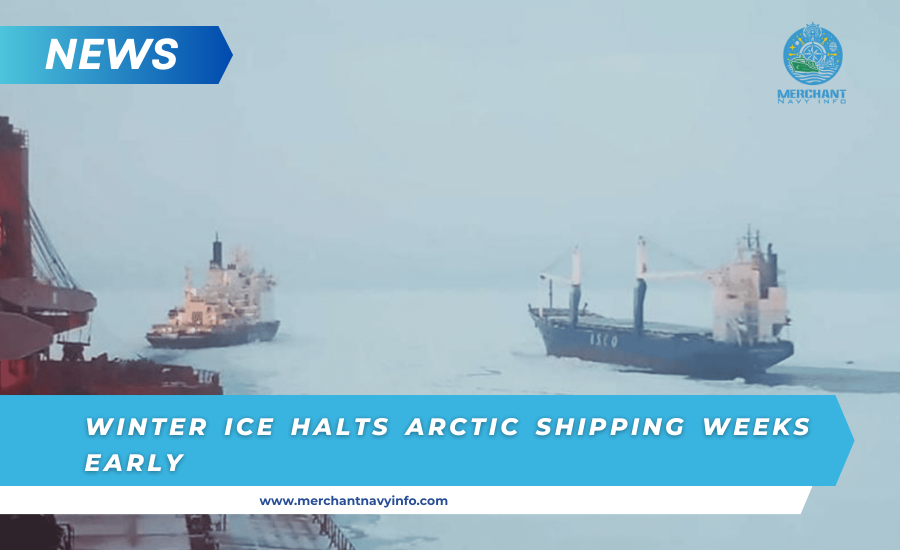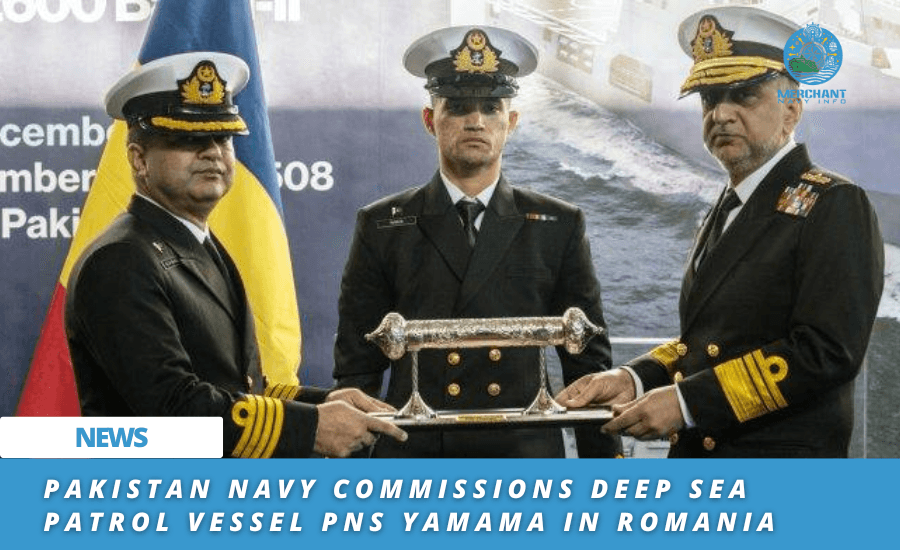
Winter Ice Halts Arctic Shipping Weeks Early
The summer sailing window on Russia’s Northern Sea Route will end weeks early. Many ships and convoys are scrambling to complete their crossing before the road closes in the next three weeks.
Unlike the past two summers, when Russia’s Arctic coastal waterways were completely free of sea ice, remnants of winter ice remain in the eastern part of the route this year. This has led to the early appearance of ice, especially in the Laptev Sea, the East Siberian Sea, and the Chukchi Sea.
Russia’s Northern Maritime Navigation Administration announced that non-ice-class ships must evacuate the route by October 15, about two to three weeks earlier than originally planned. The sailing season for light-ice-class and medium-ice-class ships ends on October 20 and October 31, respectively.
The last time eastbound convoys were allowed to depart was October 10, just a week before the ships began their Arctic transit.
This year’s early closure comes three years after a major accident was avoided three years ago. In October 2021, Russian authorities reacted too late to begin closing the North Sea when winter sea ice entered the main shipping lane, trapping more than two dozen ships for more than a month. By the end of October, a layer of ice 30 centimeters, or a foot thick, had formed across hundreds of miles of the Arctic Ocean.
Multiple icebreakers, including the powerful nuclear-powered ship Yamal, rushed to the scene from Murmansk, more than 3,000 nautical miles away, to help free the trapped ships. For more than six weeks, several icebreakers worked to free the ships and escort them to safety in the eastern part of the Northern Sea Route. The situation was not fully resolved until late December, when the last of the ships were freed.
Currently, multiple container ships, tankers, bulk carriers, and LNG carriers pass through the route.
In the Far East, two LNG tankers, including the Suezmax Saibaba, and two oil tankers are currently passing through the waters near the Bering Strait. They have been around Wrangel Island for years, out of the ice, which persists and makes navigation difficult throughout the summer. The nuclear icebreaker has been on standby for much of the summer to keep the shipping lane open.
Continuing west along the route, the first conventional Panamax container ship in the Arctic has completed about half of its voyage. The ship had also planned to return via the Arctic, but now may have to return to Asia via the Suez Canal or South Africa.
The giant ice-free Capesize cargo ship Dodo is also speeding up to complete its voyage eastward to Caofeidian, China.









